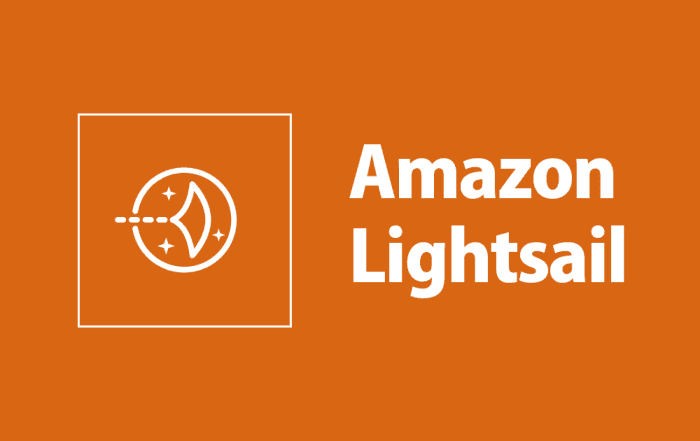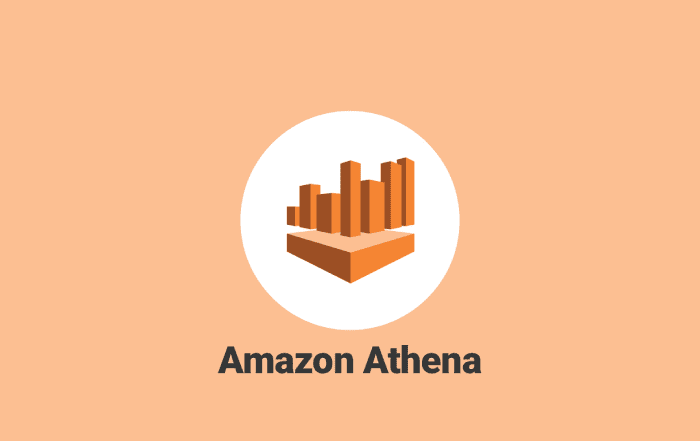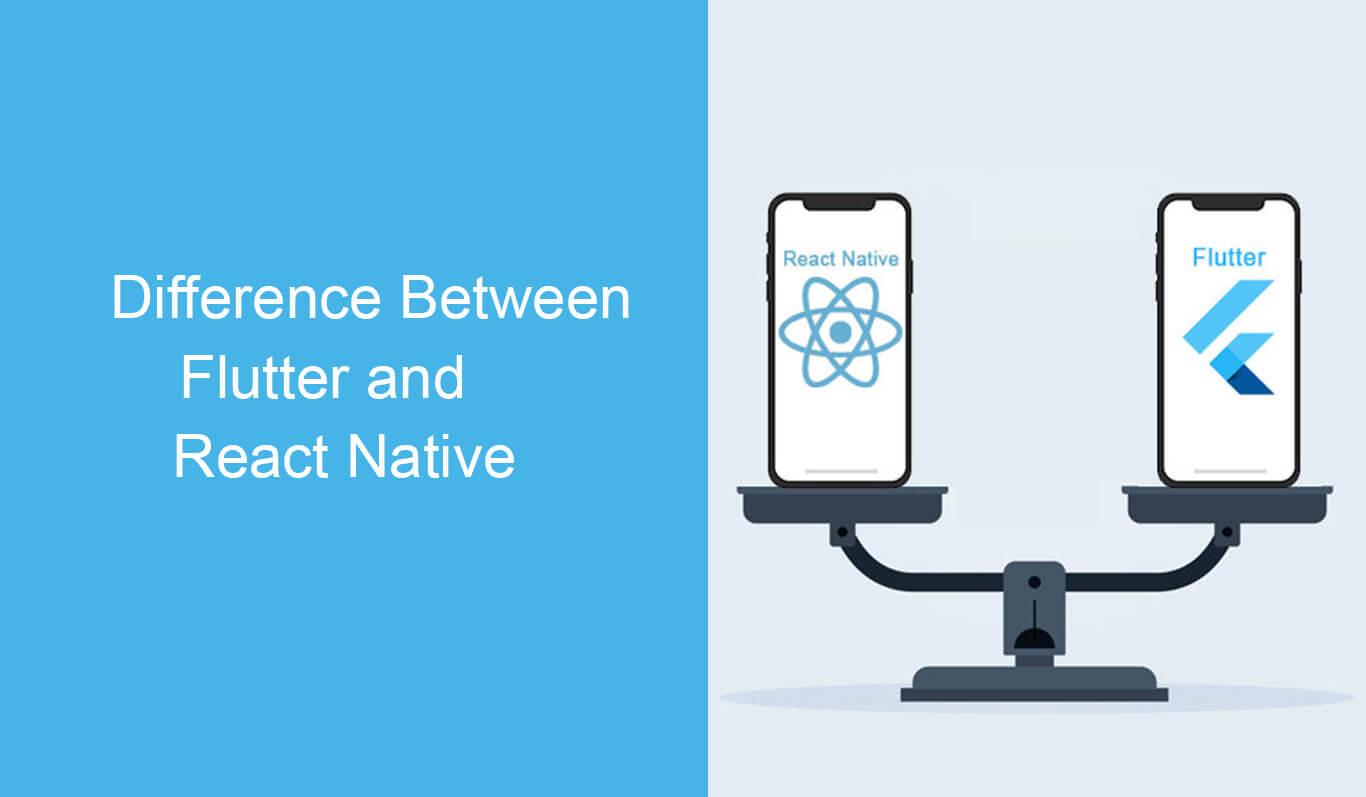
In today’s digital landscape, having a reliable and cost-effective cloud infrastructure is crucial for individuals and small businesses looking to establish an online presence. Amazon Lightsail, a part of Amazon Web Services (AWS), offers a simplified and user-friendly cloud computing solution that empowers users to launch and manage their applications effortlessly. In this blog post, we will explore the various uses of Amazon Lightsail and provide a step-by-step guide on how to use this powerful cloud service.
I. Understanding Amazon Lightsail:
Amazon Lightsail is a cloud computing platform that provides virtual private servers (VPS) along with a comprehensive suite of networking, storage, and database solutions. It combines the power and scalability of AWS with an easy-to-use interface, making it an ideal choice for beginners or small-scale projects. With Lightsail, users can quickly deploy and manage virtual servers and related resources, all within a predictable and budget-friendly pricing model.
II. Uses of Amazon Lightsail:
1. Website Hosting:
One of the primary use cases for Amazon Lightsail is hosting websites. Whether you’re starting a personal blog or launching an e-commerce store, Lightsail provides all the necessary tools to get your website up and running. You can choose from various pre-configured instance sizes, select your desired operating system, and deploy popular web applications like WordPress, Joomla, or Drupal with just a few clicks.
2. Web Application Development:
Lightsail allows developers to easily create test environments for web applications. You can spin up a development server, install the required software stacks, and test your application’s functionality before deploying it to a production environment. The simplicity and scalability of Lightsail make it an excellent choice for prototyping, experimenting, and iterating on your web applications.
3. Content Delivery:
Amazon Lightsail integrates seamlessly with Amazon CloudFront, a content delivery network (CDN) that helps distribute your website’s content globally. By combining Lightsail and CloudFront, you can improve the performance and reliability of your website, ensuring that it loads quickly for users around the world.
4. Data Backup and Storage:
Lightsail offers affordable and scalable storage solutions for backing up your data or storing files and media. By utilizing the attached block storage volumes or using managed databases like Amazon RDS, you can securely store your data and ensure its availability whenever needed. This feature is particularly useful for individuals or small businesses looking for reliable data storage without the complexity of setting up and managing separate storage services.
5. VPN and Networking:
Amazon Lightsail supports Virtual Private Network (VPN) capabilities, allowing you to create a secure connection between your local network and your Lightsail instances. This enables you to access your Lightsail resources securely and remotely, ensuring the privacy of your data transmission.
III. How to Use Amazon Lightsail:
1. Sign up and Launch an Instance:
To get started with Amazon Lightsail, visit the AWS Lightsail website and sign up for an account. Once you’re logged in, follow these steps:
a. Choose a region closest to your target audience.
b. Select an instance image that matches your desired operating system and software requirements.
c. Choose an instance plan that suits your needs and budget.
d. Customize additional settings such as instance size, networking, and storage options.
e. Launch the instance and wait for it to become operational.
2. Connect to Your Instance:
Once your instance is up and running, you can connect to it via SSH (Secure Shell) using tools like PuTTY (Windows) or Terminal (Mac/Linux). Retrieve the SSH key pair provided by Lightsail during the instance creation process, and use it to securely log in to your instance.
3. Set Up Your Applications:
After connecting to your instance, you can install and configure the necessary software and applications. Whether it’s a web server, database, or any other specific requirement, you have full control over your environment to tailor it to your project’s needs.
4. Manage Resources:
Lightsail provides a user-friendly management console where you can monitor your instances, check resource utilization, and easily scale your resources as your application demands increase. You can also set up automated backups to ensure data integrity and enable snapshots for easy restoration.
Amazon Lightsail offers a straightforward and accessible cloud computing solution that empowers individuals and small businesses to harness the power of the cloud without the complexity or cost associated with larger-scale AWS services. From website hosting to web application development and data storage, Lightsail provides a versatile set of tools to meet various project requirements. By following the steps outlined in this blog post, you can get started with Amazon Lightsail and unlock the benefits of scalable, reliable, and cost-effective cloud infrastructure for your next venture.
Conclusion:
Amazon Lightsail offers a simplified and accessible cloud computing solution for individuals and small businesses seeking a cost-effective way to host websites, develop web applications, partnering with an AWS partner like Codelattice can further enhance your experience. Codelattice is an experienced AWS Partner based in Kerala, India, providing comprehensive cloud solutions and expert support for businesses of all sizes. With their deep understanding of AWS services, Codelattice can help you optimize your Lightsail environment, provide guidance on best practices, and offer personalized assistance tailored to your specific needs.
To reach out to Codelattice and learn more about their AWS expertise, you can contact them via email at askus@codelattice.com. Their team of professionals can assist you in maximizing the benefits of Amazon Lightsail and ensure a seamless and efficient cloud deployment.








